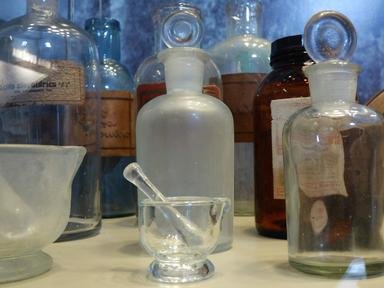Quiz Answer Key and Fun Facts
1. Which element, atomic number 72, is derived from the Latin name for Copenhagen?
2. Which element shares its name with a city in California, home to a prominent university, as well as the research laboratory where it was discovered in 1949?
3. What silvery-white metal is commonly used in semiconductors, and is named after the Latin term for France?
4. Which metal is named after the island of Cyprus?
5. Which element takes its name from the old Latin name for Paris?
6. Which element is named after a region of Northern Europe and is often alloyed with aluminum for use in aircraft?
7. Which was the first element discovered by Marie Curie, which she named after her home country?
8. Which radioactive element is named after the seventh planet in the solar system?
9. Which noble gas, named after a celestial body and used in balloons, contains two protons and two neutrons?
10. During the eighteenth and nineteenth centuries, how many elements were named after the town of Ytterby in Sweden?
Source: Author
Sedho7
This quiz was reviewed by FunTrivia editor
rossian before going online.
Any errors found in FunTrivia content are routinely corrected through our feedback system.
